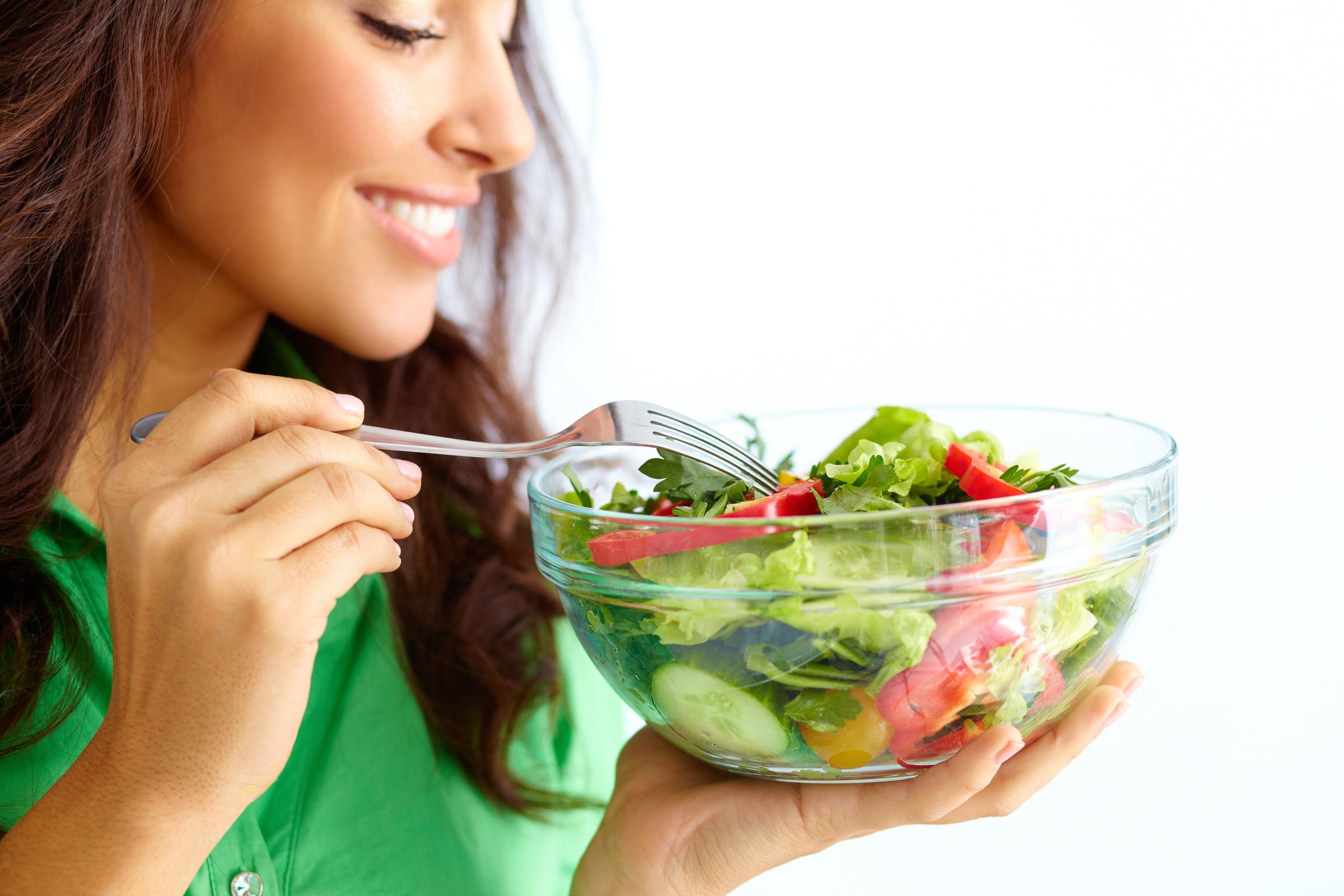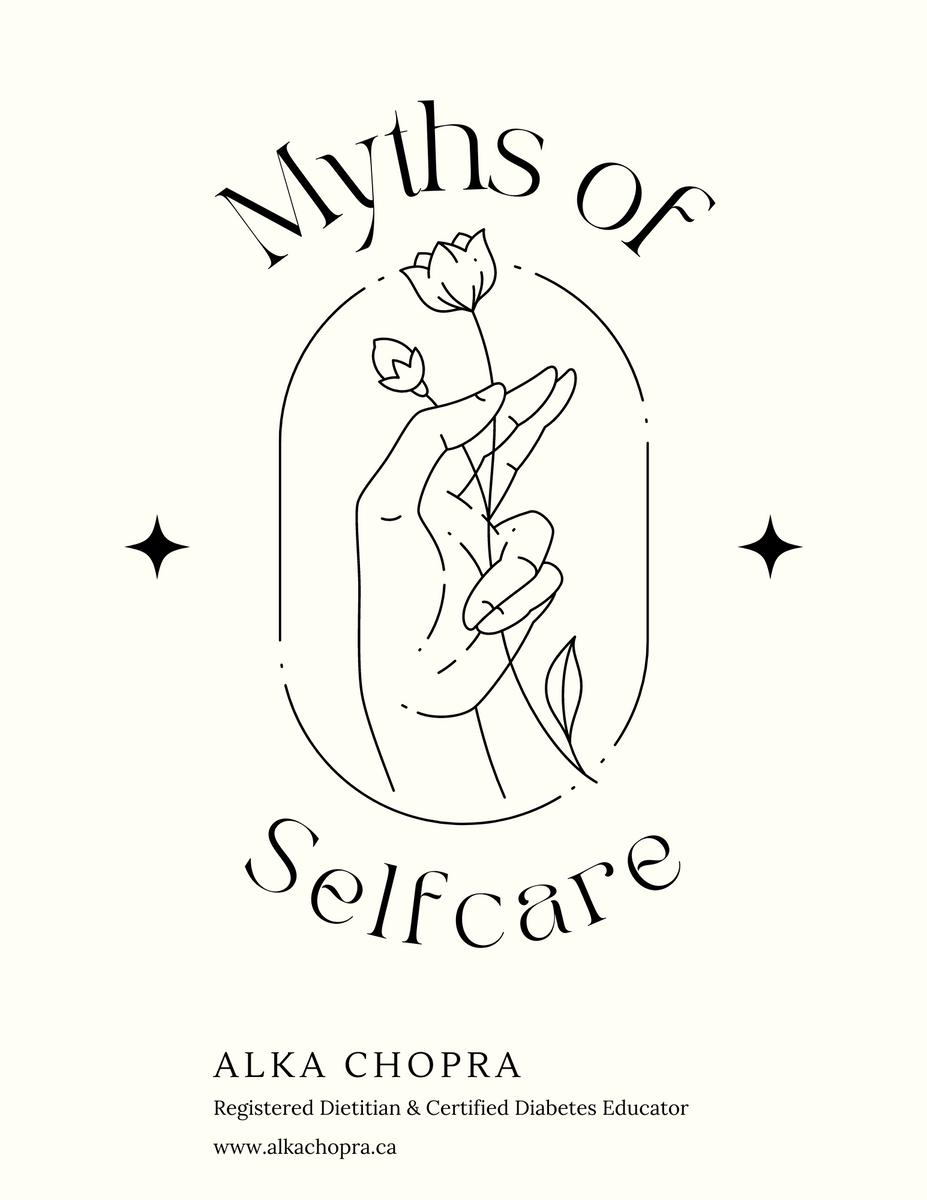
14 minute read
Nutrition and Fitness
s s i tn e F a n d i ti o n N u t r

Advertisement


Nutrition and selfcare what’ s the connection? -

Alka Chopra, Registered Dietitian, Certified Diabetes Educator & Certified Intuitive Eating Counsellor
“ Eating is a form of self - respect ” …….Unknown ”
Let me begin with a quick reminder about the real definition of self-care -
The real definition of self-care is involving yourself in purposeful activities that are centered around your personal needs. Selfcare is also a sum of the wellness pillars i.e Physical, intellectual, environmental, emotional, financial, social, spiritual, and occupational. Further when it comes to personal needs “nutrition” is for sure at the forefront. Keep in mind that every person’s nutritional needs vary. They are different for a man and different for a woman; different for an adolescent and so on.
Good nutrition might not feel like a spa day or a massage but it had a direct impact on your mood, your gut, your energy levels, and your overall health in general. Hence nutrition must be an integral part of your self-care system. If you have not yet considered a self-care system, then you must think about it.
Now let’s talk about some factors that impact nutrition and how self-care fits in!
The dieting culture
We have been surrounded by an unending supply of diets, thinness culture, deprivation diets, miracle diets, and definitions of a perfect body. Unfortunately, these messages have created a dieting culture that has impacted all of us in negative ways. A child as young as 2-3 years is also impacted by the way their parents comment on their weight and eating habits, and constantly nag them about their eating habits. Media messaging has made things worse and more confusing! The more you get entangled in these food deprivation messages the more you are damaging your relationship with food and your relationship with yourself. This then leads to distorted relationships in general having a negative impact on the quality of life. And this is not a great place to be in!
So, when I am saying self-care and nutrition are connected I am pointing you toward the various roles that food plays in our lives.
Physiological: food provides nutrition to our body. Our bodies need nutrients to function well. And nutrients come from food. There needs to be a nutritional balance so So the cial body : food can get f s unction people properly. together. Whether it is a birthday, a wedding, or a funeral there i Psych s o al lo ways gical f : o F o o d. od is used to express feelings of love, special attention, friendship, recognition, or punishment.
Food groups
An understanding of food groups will allow you to design your plate. Yes, I really mean design! If you think about it in the real sense when things are designed well they are pleasing to the eye. It’s the exact same thing when plating your food. If you design your plate with some thought it can really improve your health and makes you feel good. Feeling good is an aspect of self-care!
If you do a google search you will find several types of breakdowns of foods. For practical purposes there are 6 food groups:
• Grains: foods like bread, rice, pasta, quinoa, barley, noodles, tortillas, oats, etc are all foods made from various grains. Your focus must be on whole grains such as barley, oats, quinoa, etc. Read labels and buy foods where the ingredient list includes whole grain in the first five ingredients. Focusing on whole grains will also provide you with the much-needed fiber. If possible include grains in your main meals and avoid them as s • nack Mea s t whe and n al possible. ternatives: include foods such as chicken, turkey, fish, beef, pork, eggs, tofu, and paneer (Indian cottage cheese). Your focus must be on leaner meats such as chicken, turkey, fish, and eggs. Limit red meats and processed meats such as beef, pork, a • y nd del Fruits our jui i meats. : choose wh ce intake to ole no fruits more m th ore o an ½ fte cu n p / 3 fr day uits/ . Wh d o ay le is fru a it good s will guidelin also give e y to ou foll fib ow er, . Lim whic it h c • an Ve b g e e missing tables: t in ry fruit to in juices. clude either raw or cooked vegetables in your main meals. If you li • ke veg Dairy: etab milk l , e c juic hee es se, then sour go with cream, t a h n e d 1 y 0 o 0%. gur Veg t are etabl grea e t s s are als ources o o a gr f cal e c at iu so m, urce pota of ssi fibe um, r. and vitamin D that you need for your bones. Full-fat dairy can be high in saturated fats so k • eep t Fats h a e n intake d oils: to ad a d m to inim the um. taste of food, provide you with calories needed plus you also get essential fatty acids that are needed by your brain to function well. Additionally, some vitamins – vitamins A, D, E, and K require fat to be absorbed by the body. Needless to say, fat is an essential component of your daily meals (I do not like the term diet. Over the years there have been lots of negativity around the term diet). When choosing fats choose polyunsaturated fats and oils such as olive oil, avocado oil, canola oil, grapeseed oil, and sunflower oil more often. Fats like butter and ghee can be used sparingly since they are high in saturated fat. Stay away from hard margarine and foods containing trans fats i.e. processed foods such doughnuts, swiss rolls, cakes, pastries, French fries etc





5 simple tips to get you started
Now let’s get to the practical part. How do you put everything into actual practice? I have some very simple strategies to get you started.
Include 2 food groups for snacks and 3 food groups for main meals: this formula is an easy way to balance your meals. Eating this way will make you feel full and satisfied for longer pe Fo r l i l o o ds w of t the ime 80an 20 d o wi r 7 ll 0 al -3 so 0 r be ule s : uper helpf if you like ul i ice n c balanci ream or ng do your nut ughnuts ri t ti h onal nee ere is no ds. need to deprive yourself. Space them out. If you were eating them once per week stretch to once every two weeks and then to once per month. If you enjoy a coke and are having it frequently space out drinking coke. That way you will never feel deprived. The fact is that sugary and fried foods are meant to be eaten occasionally and not on a daily basis. So, enjoy them but only 20-3 Never co 0 o % k of th for 1 e tim mea e l: . I live by this rule! Always cook for at least 2-3 meals – you eat 1 portion, have 1 portion the next day, and freeze the remaining. This system will allow you to have home-cooked meals at all times. A great strategy for those lazy days when you do not want to cook.
Always have frozen fruits & veggies in stock: frozen fruits & veggies have the same or

greater nutritional content than fresh ones. When fruits & veggies are frozen they are flash
frozen right after they are harvested. This locks the nutrition right away. On the other hand, if you think about fresh fruits & vegetables it probably takes 2 weeks for them to get to your plate from the day it is harvested. And all along the way nutrition is lost. Also, frozen fruits & veggies are already peeled & chopped and that is such a time saver. Including frozen fruits & veggies can actually be very budget-friendly with very little going to waste. This way you can also ensure Always incl the i ude ntake prote of in fruits or fat & veggi in your es sn on a ack: regu Ther la e r ba is a sis dif . ference in the fullness when you eat just an apple Vs an apple with some cheese. The fat in the cheese makes you full for longer and also helps to keep a check on your portions for your next meal. Be sure to eat at least 3 meals + 1-2 snacks each day. You can download my favorite snacks here. To support you in this journey I have created an online program called “Nurture & Nourish” that
is based on teaching you how to make self-care a culture by mastering tiny habits one week at a
time. You can take a look at it here
Alka Chopra
https://www.alkachopra.ca/




The Importa Pelvic Floor nce for of a Mo St ms rong Core Doctor of and po and Jackie Kickish, Physical Therapy and certifie stpartum corrective exercise d pregnanc specialist y

A strong core is not about having a flat stomach and doing hundreds of crunches. In fact, many popular "core" exercises can be hard on a mom's body. Your core includes all of the muscles in your midsection- from your pelvic floor to your upper abdominals and hips. A strong core is important for a mom because it helps her stay injury-free and do her daily activities with less difficulty. That way she can show up and feel her best for herself and her kiddos.
In this article, we will discuss the importance of a strong core and pelvic floor for moms. We will also take a look at what a strong core and pelvic floor look like, and why they are so important.
What is the Core?
What comes to mind when you think of the core? For many of us, it brings up images of six-
pack abs and killing ourselves with grueling exercises. However, the abdominals are just a few of the primary core muscles that work to stabilize your spine and support your entire body. Let's review a full list:
Diaphragm (the muscle at the bottom of your ribs for breathing)
Pelvic floor muscles (all the ones that are involved with continence, birth, sex, etc.)
Rectus abdominis (yes- those six-pack muscles!)
Transverse abdominis (the deep abs)
Inner and outer obliques (on your sides to help you rotate)
Multifidus (muscles deep in the lower back)
Erector spinae (these muscles run along your spine
) Additionally, you can consider other local muscles like the glutes and pecs as essential core stabilizing muscles
Now that we know all of the muscles that make up our core, let's take a look at how we use them in our everyday lives as moms. Even simple tasks like getting out of bed in the morning or lifting groceries from the car require strong core muscles! Here are some other examples:
As you can see, we use our core muscles for just about everything we do as moms.
Bending over to pick up a toy for your child Pushing a stroller Carrying your child Doing laundry Vacuuming Carrying groceries Getting in and out of the car And so much more!

Why Is It Important to Have a Strong Core and Pelvic Floor?
There are many benefits to having strong core muscles, including:
Reduced injuries and aches and pains, particularly lower back pain
Improved posture
Easier completion of daily activities (aka more endurance, less fatigue!)
Feeling confident as a mom and being able to do all the activities you'd like with your kids, whether it's chasing them around the yard or lifting them overhead at the playground
Improved bladder and bowel control (reduced risk of incontinence)
Boosted/better postpartum recovery
Reduced risk of pelvic organ prolapse, especially after childbirth
Enhanced sexual satisfaction
An overall improvement in quality of life
A Strong Core is Essential with Daily Activities
The best way to understand the importance of a strong core is to think about the foundation of a house. Imagine trying to frame a house in sand or dirt, it would fall apart quickly!
A solid foundation is essential to the stability of the entire house. The same is true for our bodies- a
strong core forms the foundation for our overall strength and stability. A weak core can manifest in many ways, but it will certainly put a strain on other joints and muscles if it's not providing the body the stability it needs
What Does a Strong Core and Pelvic Floor Look Like? Having a strong core doesn't mean that you need six-pack abs or a flat belly. Rather, a strong core can adapt to the daily stresses put on the body to protect the body's joints, connective tissues, and internal organs. What your stomach looks like does not affect this (thankfully!), rather it's a measure of how well you can navigate daily life with your core supporting you along the way. This includes:
Being able to control your bladder and bowel, including gas and wind You can sneeze or cough without worrying about wetting your pants You can jump, run, and play without leaking urine or heavy pressure in your pelvis (like your organs might fall out) The ability to complete your daily routine without excessive fatigue No back pain (mid-back and low back) You can breathe easily and without pain Feeling steady on your feet, not like you might fall or collapse due to poor balance or weakness Being able to hold good posture throughout most of your day Feeling confident and strong no matter what you decide to do each day Moving your limbs without abdominal coning or "pooching" - common with diastasis recti
the abs) following pregnancy (separation of
Ultimately, your ability to coordinate your core muscles in a functional and deliberate way is what's most important- not brute strength or washboard abs.
You may have heard a fitness instructor say tighten your core" or "engage your core.
" " But, what does this actually mean? And how do you know if you're activating your muscles correctly? If you're not sure if you have a strong core, there are some simple tests you can do at home to assess your current level of strength. Try these:

Lie on your back and tighten your trunk muscles- it usually helps to focus on the lower abdominals- without holding your breath or tensing the entire body (particularly the neck). (For more
guidance- look here.
) Test your core strength by the leg lowering test. Lie on your back on the floor with legs straight up in the air. Slowly lower your legs toward the ground while making sure your core is engaged and your low back is flat on the ground. Stop if you feel your back arching. Attempt to get your legs perpendicular to the floor, without bending your knees. This will give you a good idea of what your core muscles can effectively manage. Additionally, you can practice "finding" your pelvic floor muscles and see how long you can hold a contraction or how many repetitions you can complete in a row.
Be Kind to Your Core Mama
Let's be realistic, if you have ever been pregnant or given birth- there's a chance your core muscles could use a refresher course in strength and coordination. Taking the time to pay attention to your core is an excellent form of self-care that will serve you in all that you do.
Regardless of your pelvic floor's current status, remember to be kind to your body as you try new things. And give yourself grace as you work towards a stronger and healthier foundation.
Getting Started with a Strong Foundation
Start with simple movements and progress as you are able. Be as consistent as possible with a core workout, including pelvic floor exercises. If you are unsure of where to start, seek the help of a certified pelvic floor physical therapist and fitness professional who is familiar with working with postpartum women and moms.
If you have any questions, I am happy to guide you with all your concerns related to core strength, pelvic floor health, weight loss, and beyond. Let's chat!
Grab my FREE postpartum exercise guide right HERE! 6 Exercises every mom should do postpartum- even if you hate exercising!
Jackie Kickish-
www.jackiekickish.com











